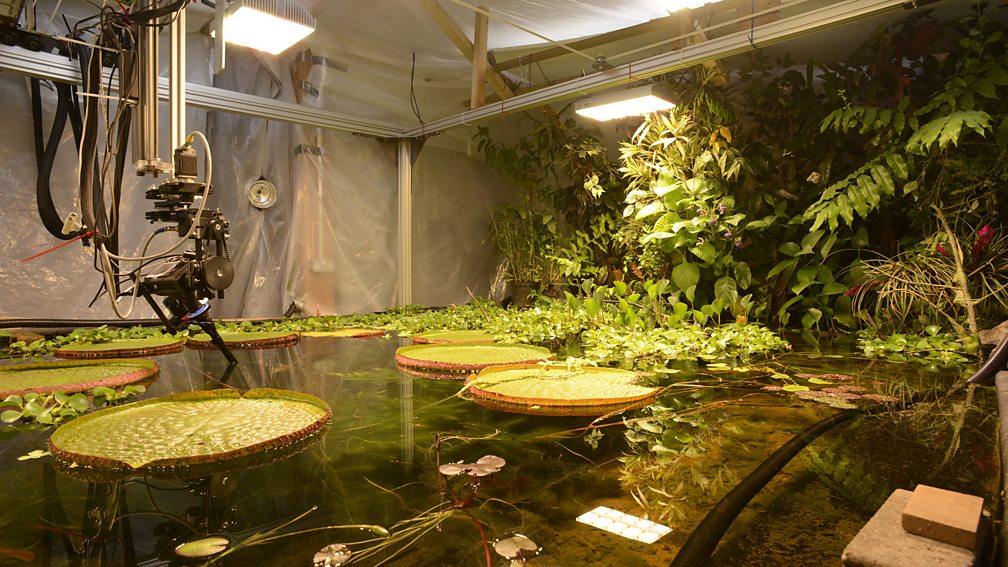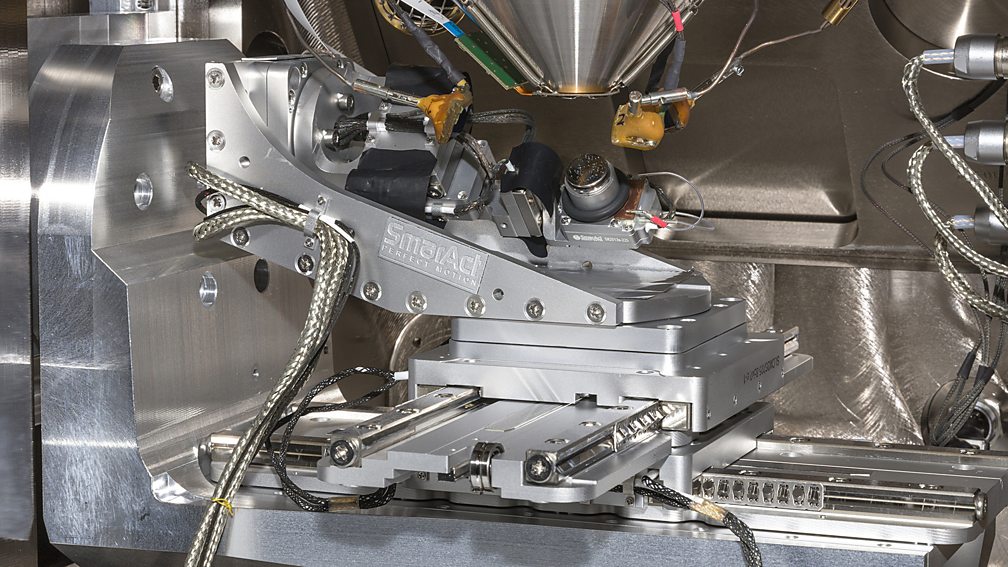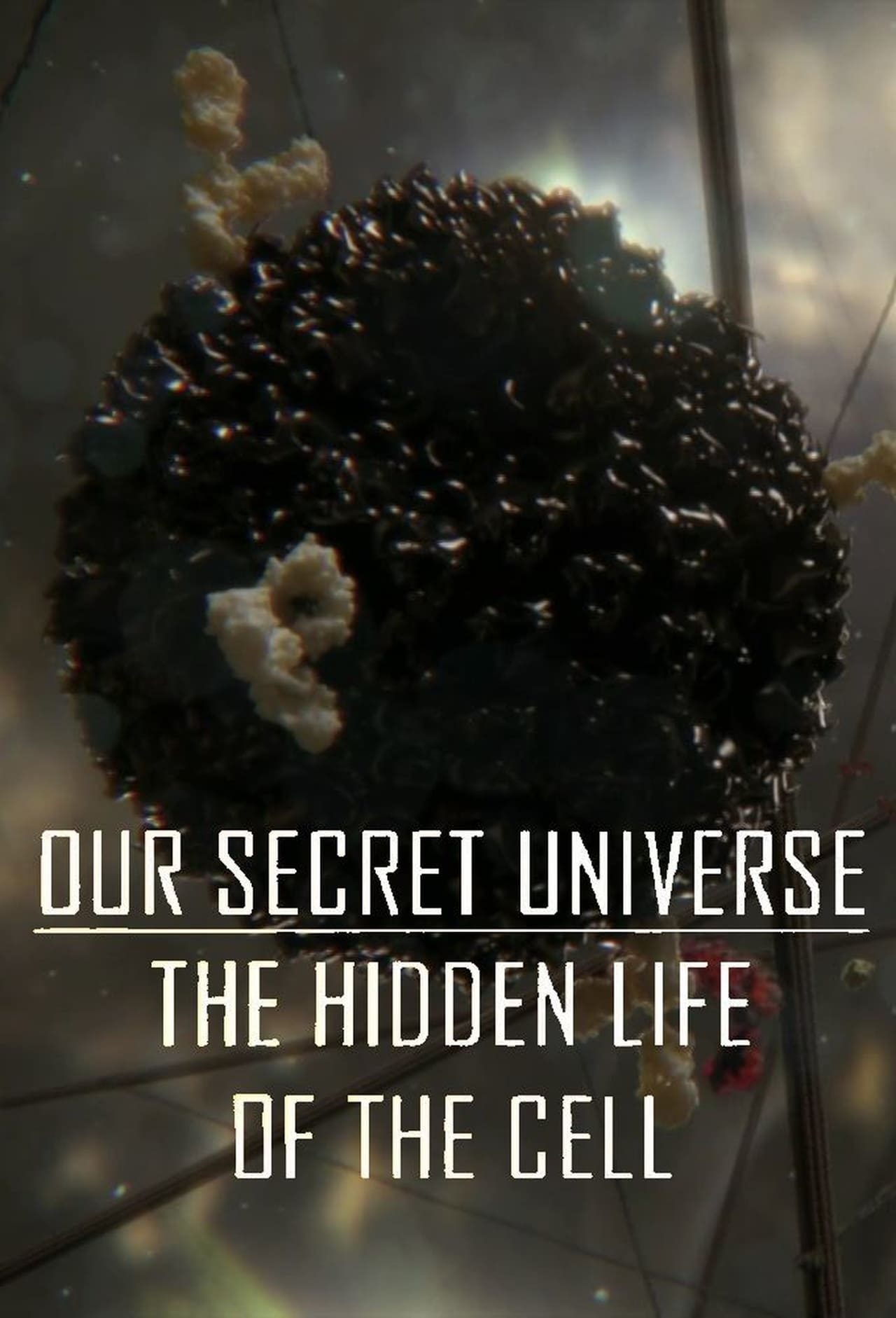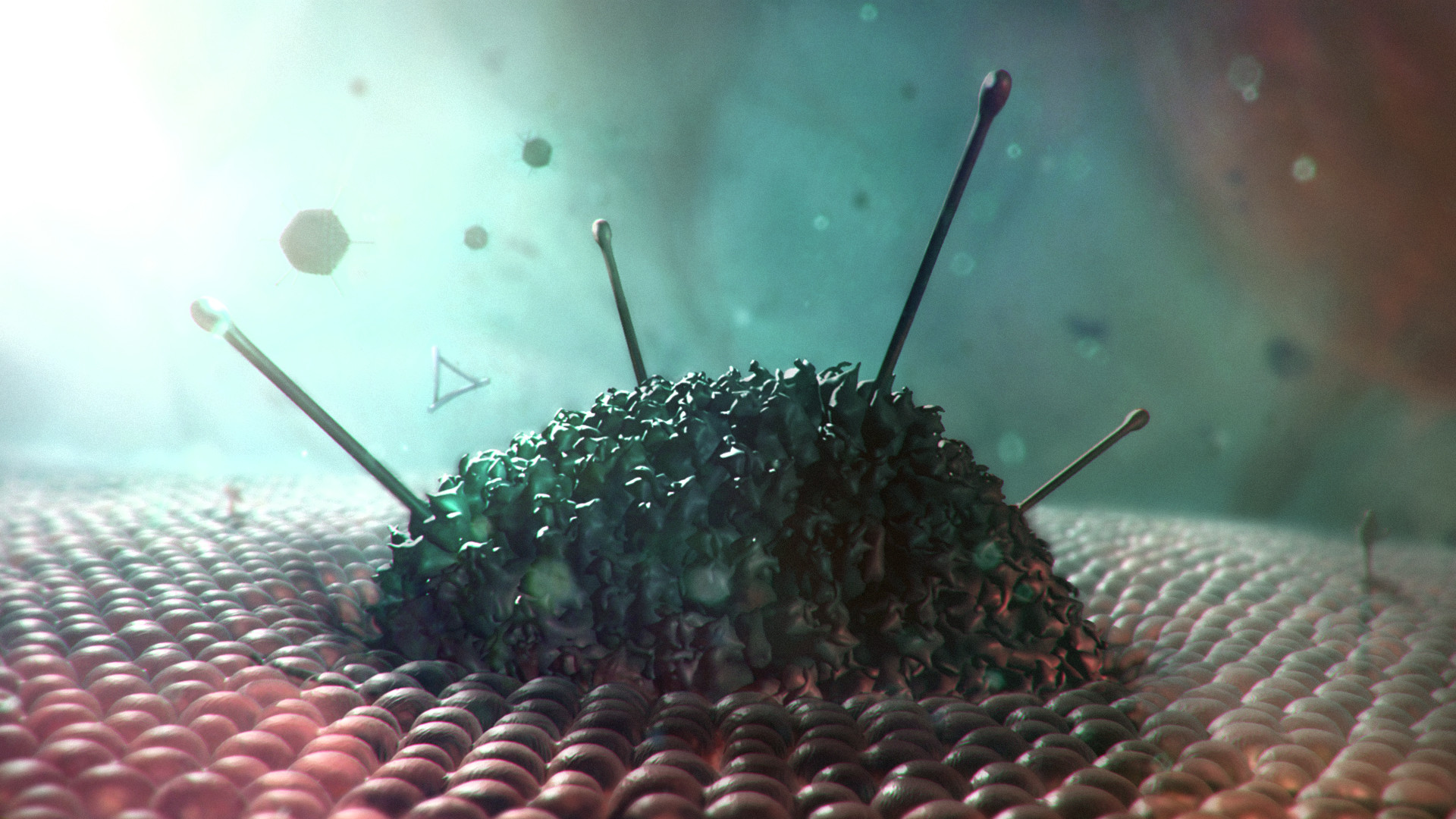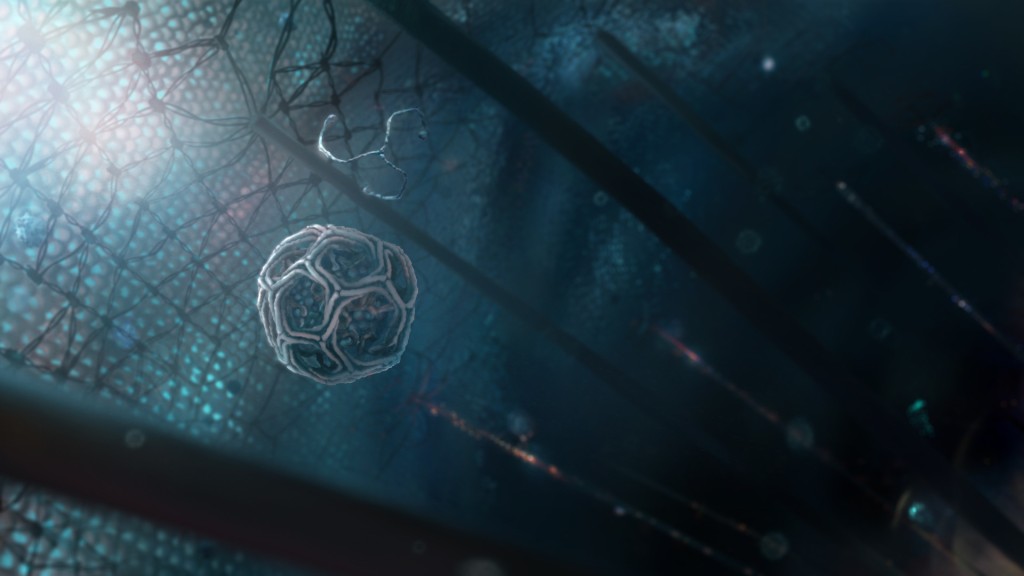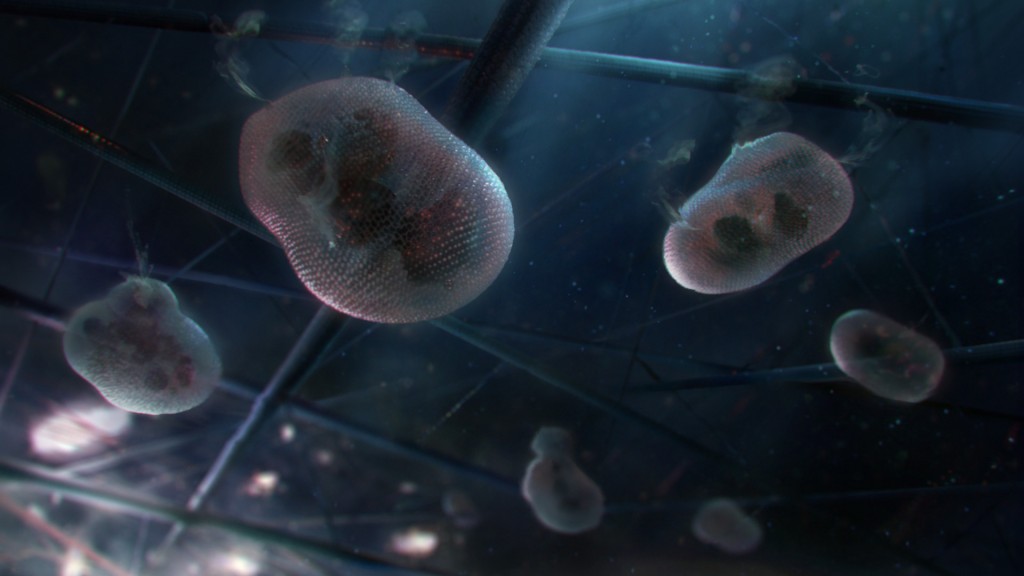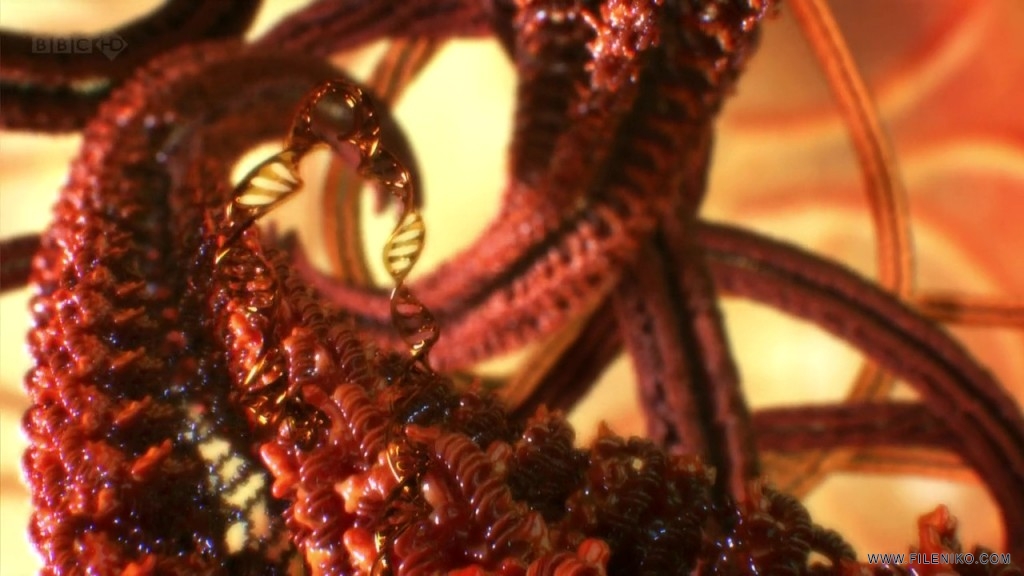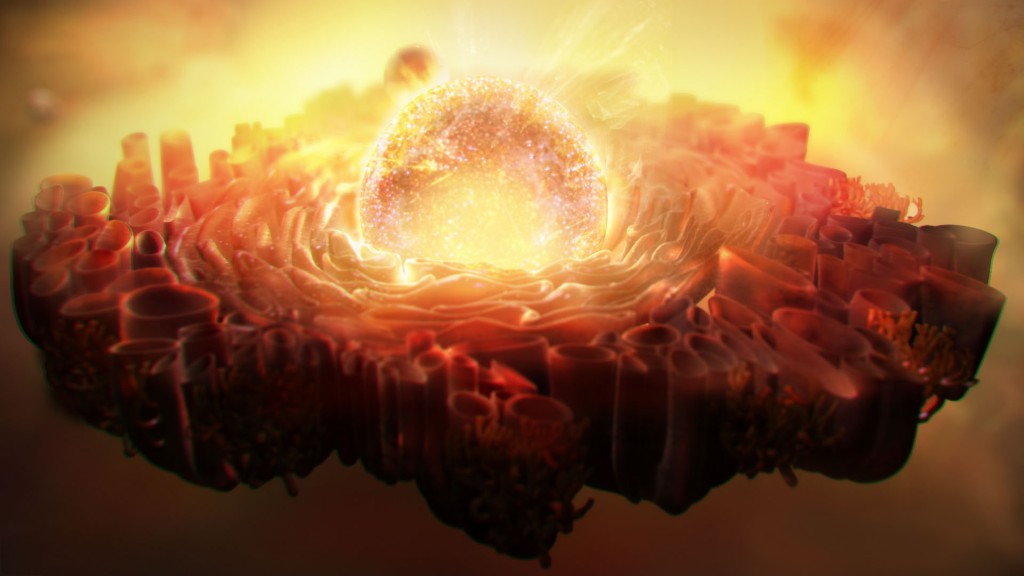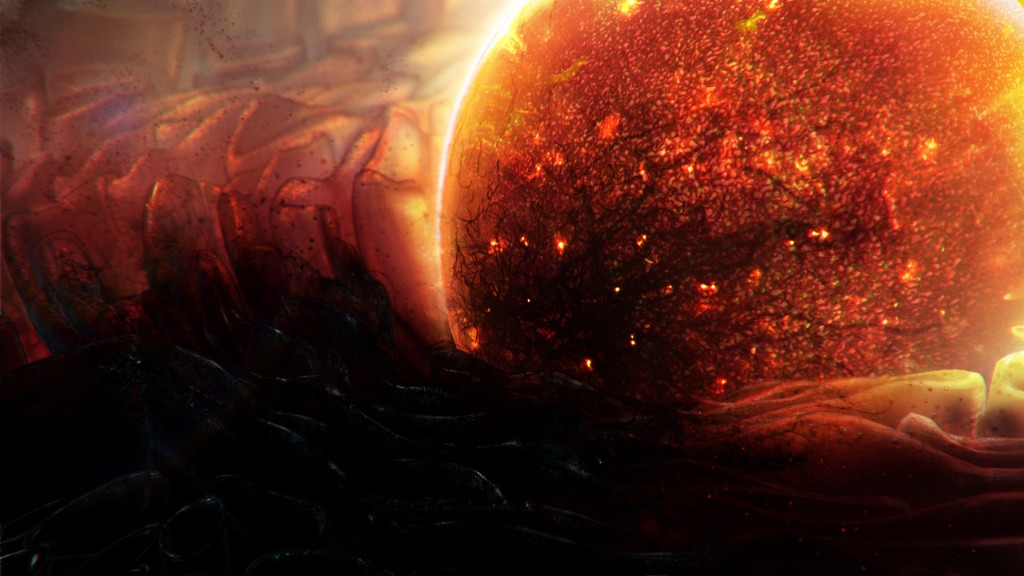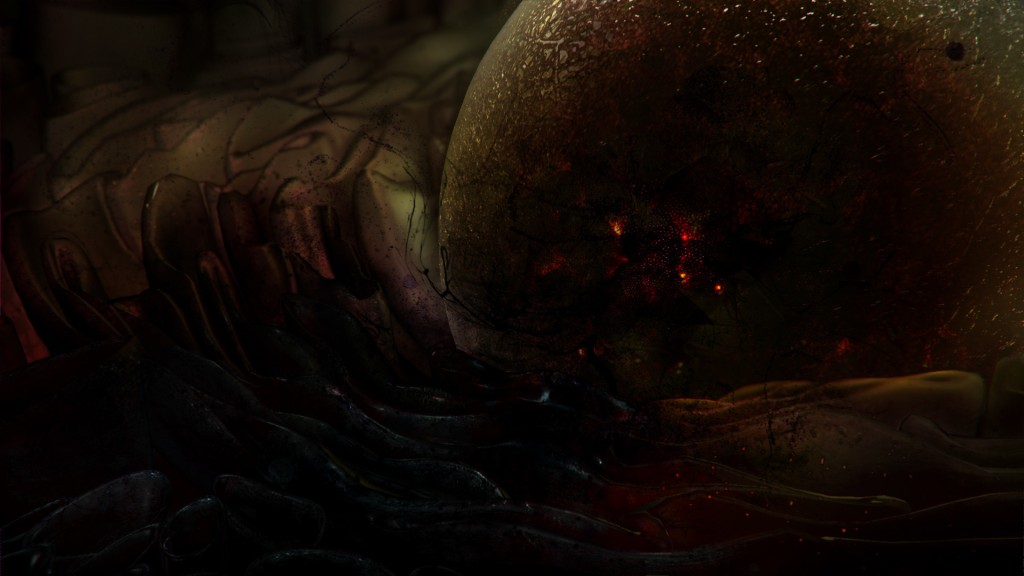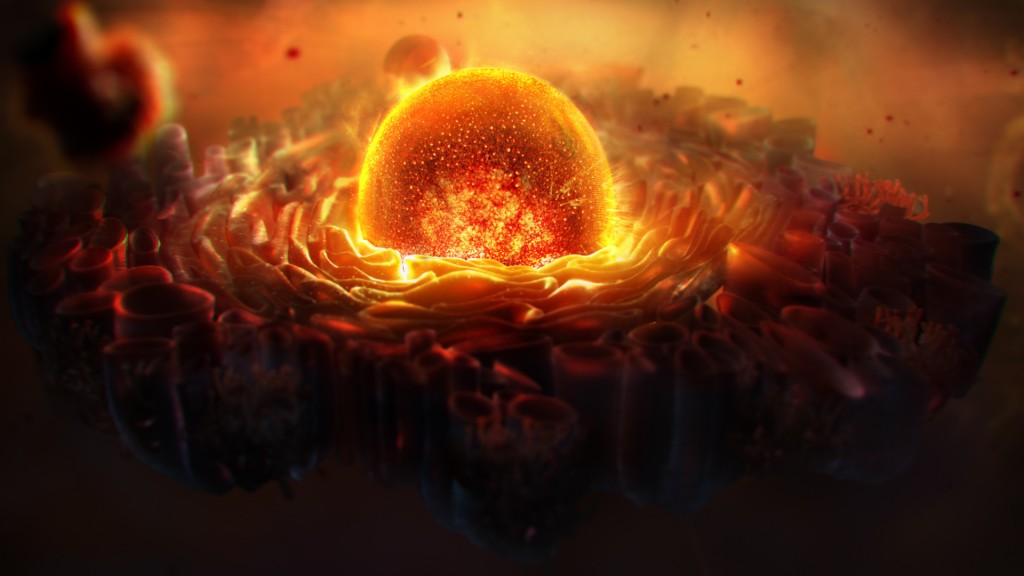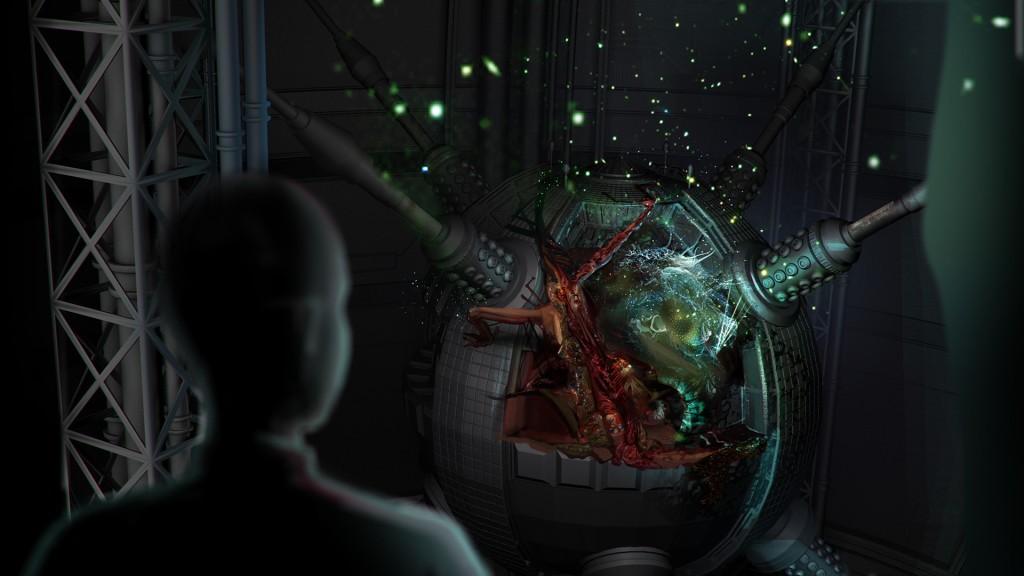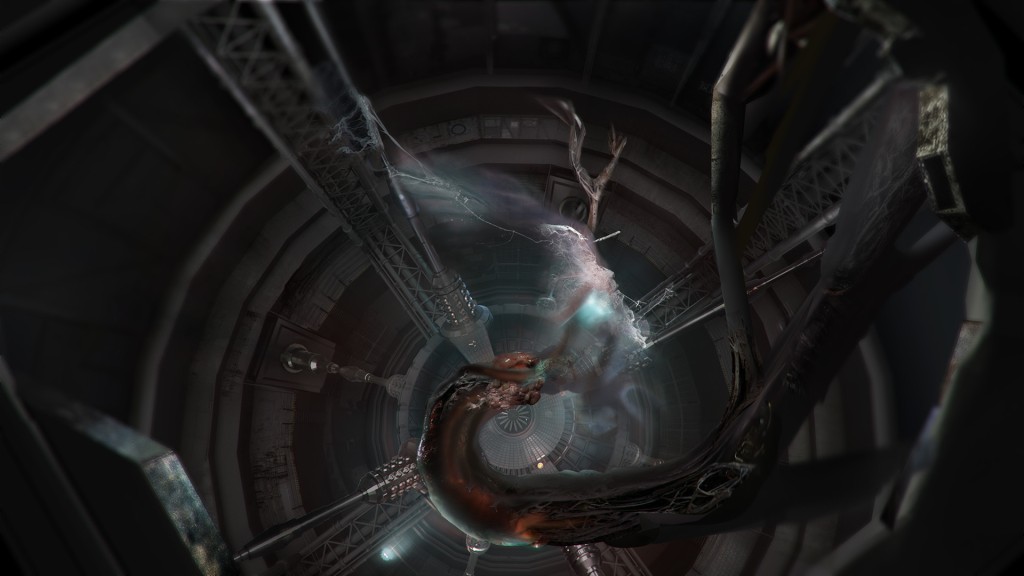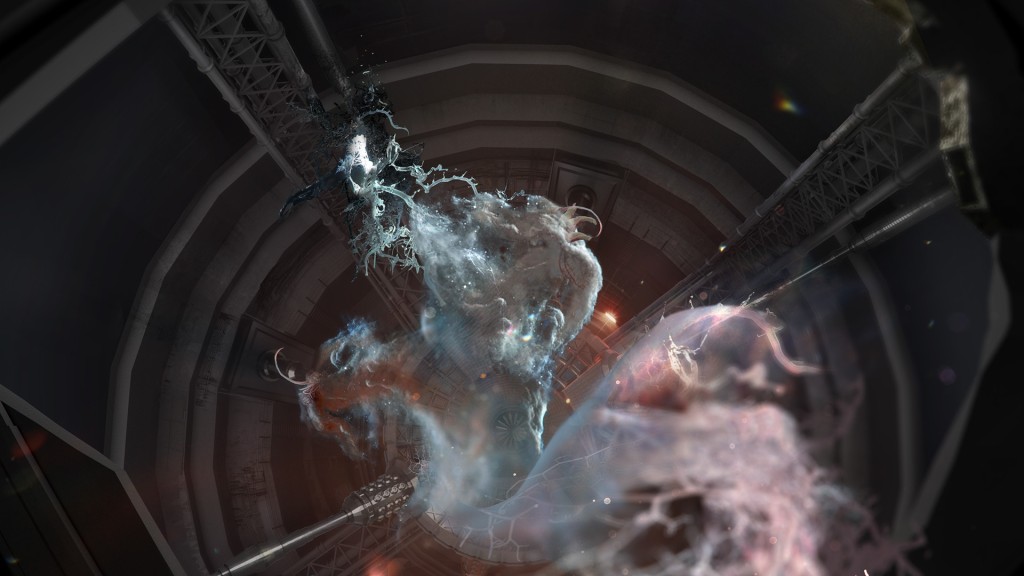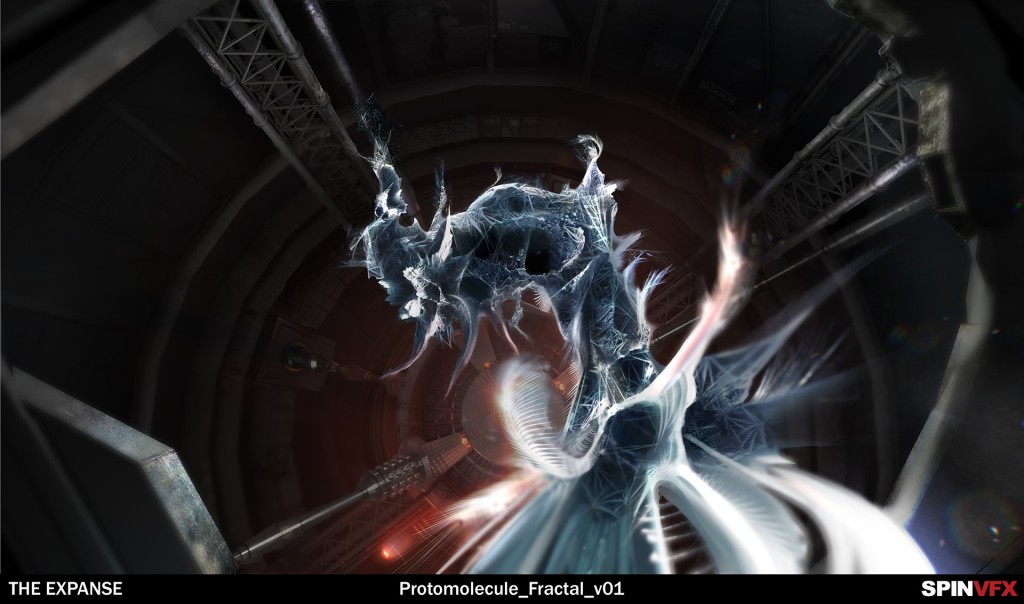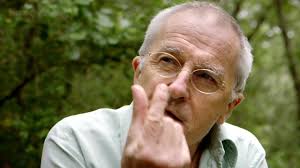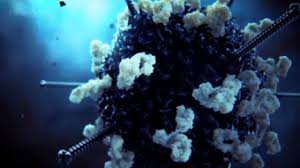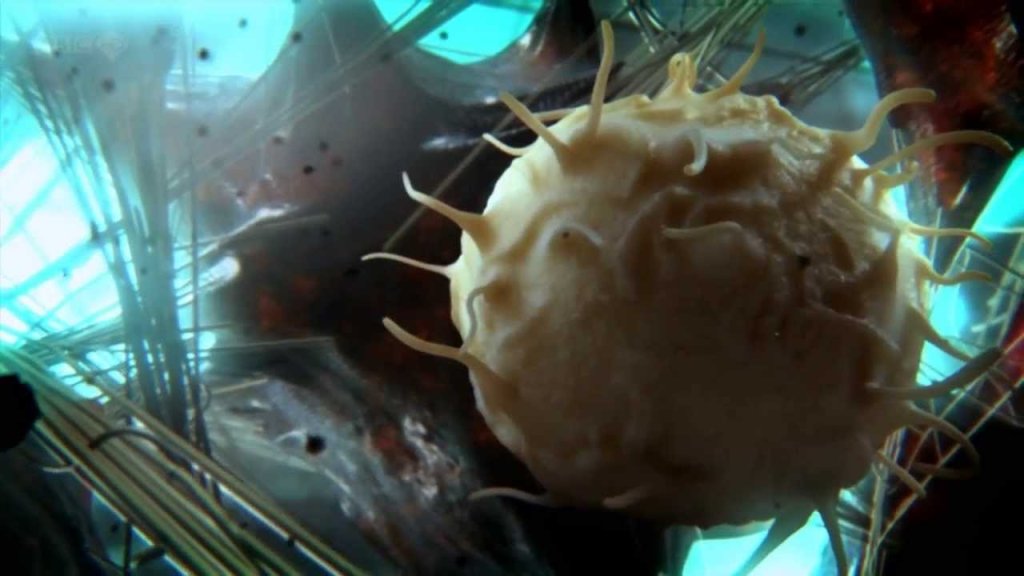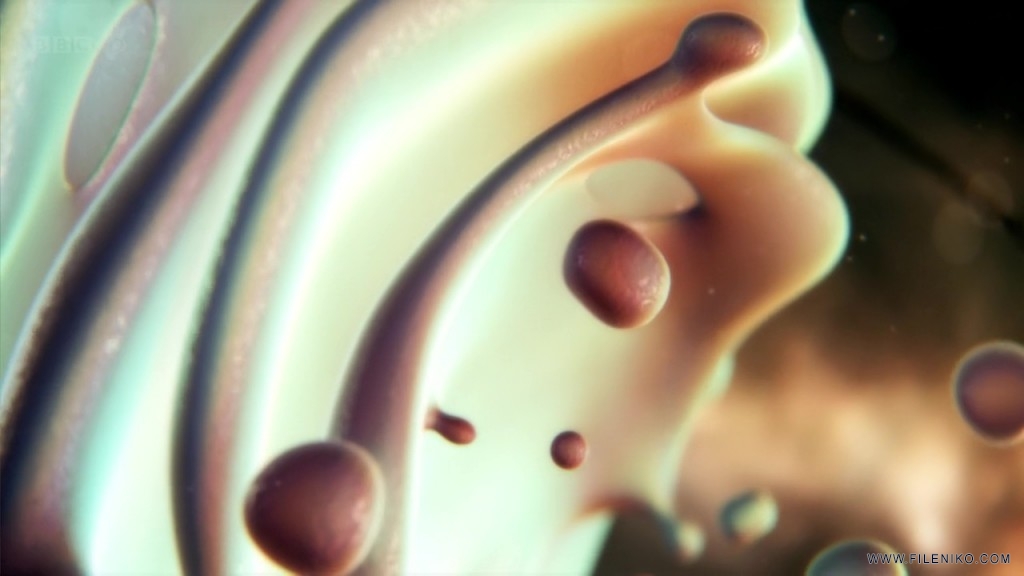timespace coordinates: I feel like we can speak as of 2022 about multi-temporal documentary making, especially regarding the lives of plants. Basically a camera shot that can fly in and out at many different temporal scales, induces the feeling of moving around microscopic objects and records microscopic movements imperceptible (to humans) at 3 years intervals (the saguaro cactus ridges extending during eet seasons for example).
Nature documentaries have been transforming and evolving their own technologies in order to track a changing evolving world – engaging and mediating the width and thickness of NOW. These documentaries are not just simply recordings of what’s out there – of some external reality. New visualization technologies, rigs and post production is developed in conjunction with gene editing (CRISPR) so that we can watch under UV light how a transgenic tobacco flares up, becoming “aware” (in the words of D. Attenborough) of an outside attack simulated by a pair of scissors ‘nibbling’ on its leaves. We can see it how a plant ‘anticipates’ or speculates about – further attacks and warns other distant parts indirectly affected. Because such newly mastered gene splitting technologies acquired from bacteria/bacteriophage co-evolution, one can insert genes from a distantly related phylum, a bioluminescent animal – a jellyfish probably into a plant. We can trace out a distress signal circulating inside the leaves of the plant in a laboratory setting. Such fluorescence markers dramatize how similar nerve endings and nervous systems are to vascular plant systems and how a signal can be carried and used as an early warning system in case of predator attack (caterpillar). The inner lives of plants are made visible akin to brain scan imagery – we don’t know what it is like to be a tobacco under attack, or how it prepares a chemical protection strategy, but we can watch and imagine life in a multi-processual way, a life not defined just by nervous systems.
It is only recently that one could track an interior activity that is completly below our radar – even if most of our ‘normal’ experience of breathing, walking, car driving lies at the same threshold of un-cognized activity. This is not just capturing the vector movement of a single plant or vine climbing, a plant activity noted by many observant naturalists in nature or a subject of process philosophy (Bergson, Whitehead), but a bundling of vectorial movements, of tropisms.
Take the example of plants moving and growing in the search of light(phototropism). We do not have here just the level of the leaf or vine, but of the parts inside the single cell (Chroloplasts) of one such leaf. There’s constant molecular activity, all under quantum mechanics rules – that powers up the cell during photosynthesis. This is mostly invisible activity. Most such energy harvesting by Chroloplasts is invisible, imperceptible. Such technologically mediated perception of invisible vector activities and micro-‘societies’ all happening simultaneously inside a plant is portrayed as a grandiose unseen choreography, jumping from level to level or switching scales.
The Green Planet encourages us to be a witness from our couch of the synchronous bloom (filmed with a drone) not only of two-winged flying seeds of gigantic Dipterocarpacae trees in Malayan archipelago (forests with the tallest angiosperms in the world), but also follow the migration of tiny Chloroplasts herds inside a single plant cell towards the light source. This involves making visible the cellular movements typical of daily photosynthesi, hidden movements that subtend all other movements (animal metabolism) and permit most primary biomass to multiply and replicate on Earth. It is important and a bit scary to imagine this biomass (80%) as active, sentient and not indifferent to what is happening all around and even chemically and termodynamically involved. This invisible world also includes the movement of life-sustaining gases and humidity that pass trough invisible mouth-like structures, the result of an invisible “breathing process”, of countless closing and opening stomata on a single leaf surface, on every leaf, all over the world each day.
For this to be possible, there is a combination of live field recordings (from the Pantanal – the world’s largest tropical wetland area) and filming inside a careful reconstruction of the Pantanal watery ecosystem. This reconstructed ecosystem (a large aquarium basically) in a small corner of Devon UK is place where the largest water lily Victoria amazonica traveled from the Kew Gardens in the hope it would play its part. That is why you have to watch at the end of every eps of The Green Planet HOW it was done. Lots of things came together from new lenses to skills aquired during competition drone piloting (First Person View drones, also called Stunt or Racing Drones). This does not dispell the magic of the series – but makes it even more graspable and adds matter to our imagination, fills in the gaps with the missing time that got edited out and that joint effort that went into it.
What a monstrous and prickly lilypad – to emerge and spring out of this Devon garage pool under the lense of photographer Tim Shepherd wading the depths of his small hot spring!
More horrific in its way than all the natural horror movies – because its claims of staunch evolutionary storytelling of a “Tyrant” takes shape front of you. But hey, let’s not forget that it is also about sensitivity of such a huge aquatic plant that needs all extra care, the perfect conditions, artificial warmth and nurture – in order to perform. To see it in action, one needs the helping hand of many and lots and lots of kg of compost to be drowned regularly in order to match all the fertilizers of a South American river.
The water lily is a “Tyrant” only under these specific and unstable temporary conditions. So this is what it takes to be able to entice it to grow, emerge and rotate like a lasso under the eye of the cameras. It is also a fairly (pardon the pun) willful plant with a mind-of-its-own, that is never there for us or to satisfies our curiosity or the calibrated expection of the camera eye. It goes down into its depth and only unfurls at its own pace.
Also (for me) there is this important idea that the water lily only takes over at the end of a temporal-seasonal sequence. It closes down an ecological cycle of sorts, but is not at all there from the very start. There is a before and after. It needs particular conditions and before these conditions are met, there are other goings on happening. Some ‘winner’ plant is never there from the beginning or center of attention, and it might feel like it is always there. There is a set of events and various actors. This ecological succesion becomes visible in the Green Planet documentary because we can follow various species each having their own moment and strange mobility techniques, each its (Andy Warholas) ‘5 minutes’ of glory, each (buyoant water hyacinth and others) having a go at the sun rays in a situation of almost preemptive growth and resplandance as if anticipanting the coming of the waterlily giant.
The universe felt like a small and unchanging place even a few generations ago. There was only the Milky Way (still a huge place) rotating above, but no myriad galaxies in an ever-more rapidly expanding, all part of red-shifting spacetime continuum. On Earth there are all these unseen movments and animated sequences – all dramatized and as much part of what Deborah Levitt calls The Animatic Apparatus. We have to see these documentaries as part of a bigger continuum that comprises post-continuity cinema as well as a specific time of the 3D CGi effects world where one can watch rivers of leaves cut by leaf-cutter ants or think about the deep time history of patch of seagrass, that is basically one organism derived from a 80.000-200.000 year old clone.
What seemed like the domain of science fiction and materialist aesthetics – is now a living example of the history of science visualisation: a move away from the stained tissues, ‘dead’ 19th century outlook of wet collections, taxidermy and type specimens towards a dynamic and dramatized feature of life under various modified lenses, microcinematography, time-lapse camera, Scanning Electron Microscopy (SEM) – under diverse set of laboratory and field conditions. This animating and dynamic recording characterizes what Hannah Landecker has termed the new “molecular vitalism”. This vitalism is not concerned with identifying the old Bergsonian élan vital, the vain search for an invisible lifeforce or one single majestic structure but with tracing, tracking with the aid of moving, living images the very activities that have escaped us. This time-based medium went from recording the machinations of the gene replicators but finished registering the protean proteinic 3D movability of these microscopic happenings, a window into their (ceasless) molecular activities.
All this existed till now, including the Scanning Electron Microscopy – yet it was still too static, too one-dimensional and static. This is why in 2022 and for The Green Planet BBC has hired an expert (Stefan Diller) that used a custom-made 8-axes electron microscope to ‘fly trough’ like a drone in a shot that can track around a mushroom spore, one thirtieth the width of a human hair. New light microsocopy techniques subtend this ‘indepedent’ imaginary flight around such plant microscopic worlds – with impossible clarity and depth by “holding focus all the way while also moving around the subject. “
There has been a constant effort to make visibile the hidden life of plants available to the human sensorium. Plants are the most obvious yet the most ellusive of beings (of course if we ignore mushrooms). With their slow movements and apparent immobility, plants have been tricking us. It is as if they played dead-alive all this time, fooling us with their organic-anorganic liminal positions, mimicking their surrounding so well that so as not to attract undue attention. Plants do remember our touch and communicate with pheromones or using the mushroom enabled wood wide web. This is all very late observation, since they existed well before human minds or cameras eyes started following their secretive lives. They are waving in the wind or in the water following currents we have never been adapt at following. Already Charles Darwin become intersted in the way plants move, or how to record the speed of transformations that do not happen at human scale. The “view from nowhere” – or that unwated scientific attention made it certain that so much espaced our attention and perception. There is this entire realm of happenings and performativity of (especially) plant behaviour that makes them agents, forces and powers on their own terms. Darwin’s empirical experiments concering the movement and behaviour of carnivorous plants or the steady growth of humus via accumulated worm casting investigated such changes.
This apparent stillness and passivity (in comparision with animals) is something that David Attenborough BBC documentaries strived to demistfy or debunk since 1995’s The Private Life of Plants. The private life is not private at all, and has become very public. This new dynamism of the botanical world has since become public knowledge. Therefore during COVID years we the social animals are staying cooped up in our private homes, more immobile than usual, and more boring than usual while plants are being plants – taking animatedness and mobility as their own. Flights are going down and so they should in an era that realized how much global tourism is adding to the overall pollution. If you get bored with animal docus – you always have plants (said one commenter on YT). So The Green Planet is (also) about facilitating an impossible flying perspective, something typical to digital CGI effects to enliven, intensify a more and more (bored) ‘vegetating’ animal life with shorter attention spans. While the temporality of climate change is non-linear we still continue to hang onto a linear clock-time of calender COP26 deadlines. It is instructive to see this in contrast with the dramatized heightened attention and sensitivity necessary in order to percieve and experience such larger webs of invisible interaction and interdepedence.
